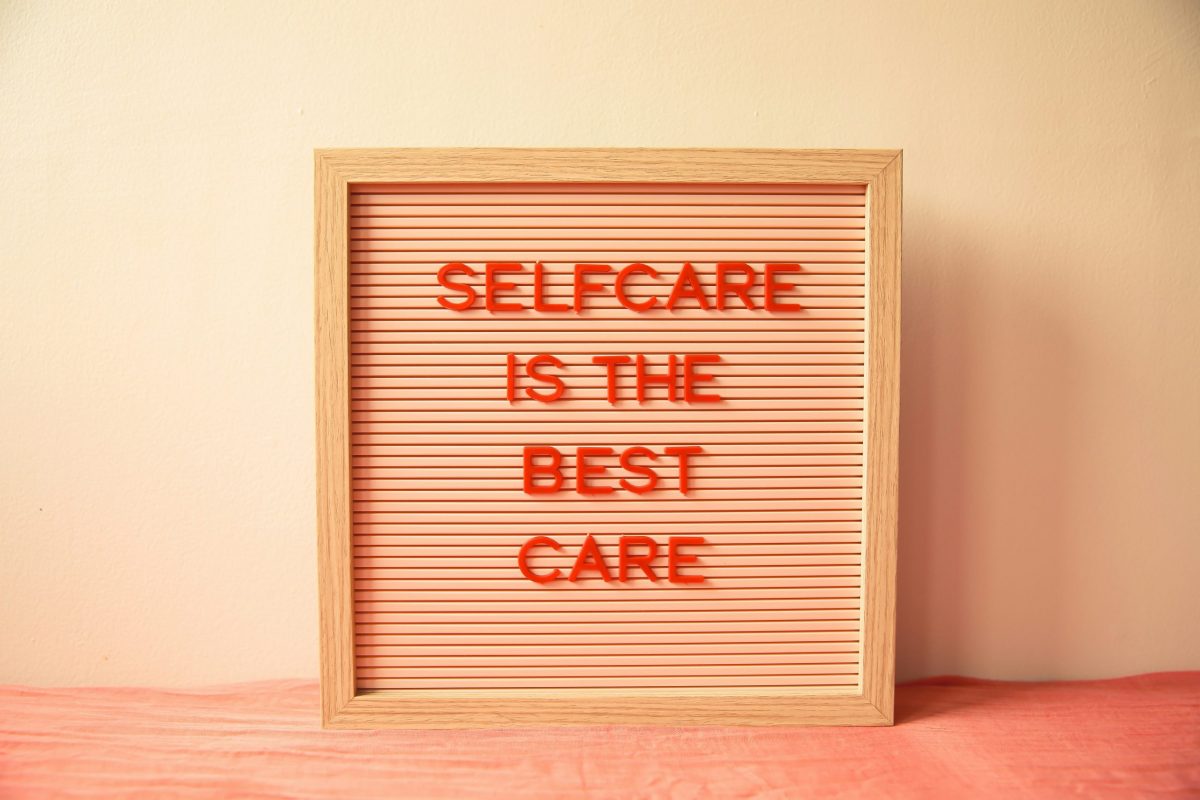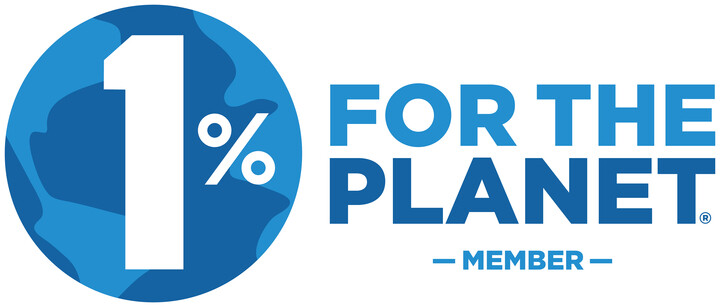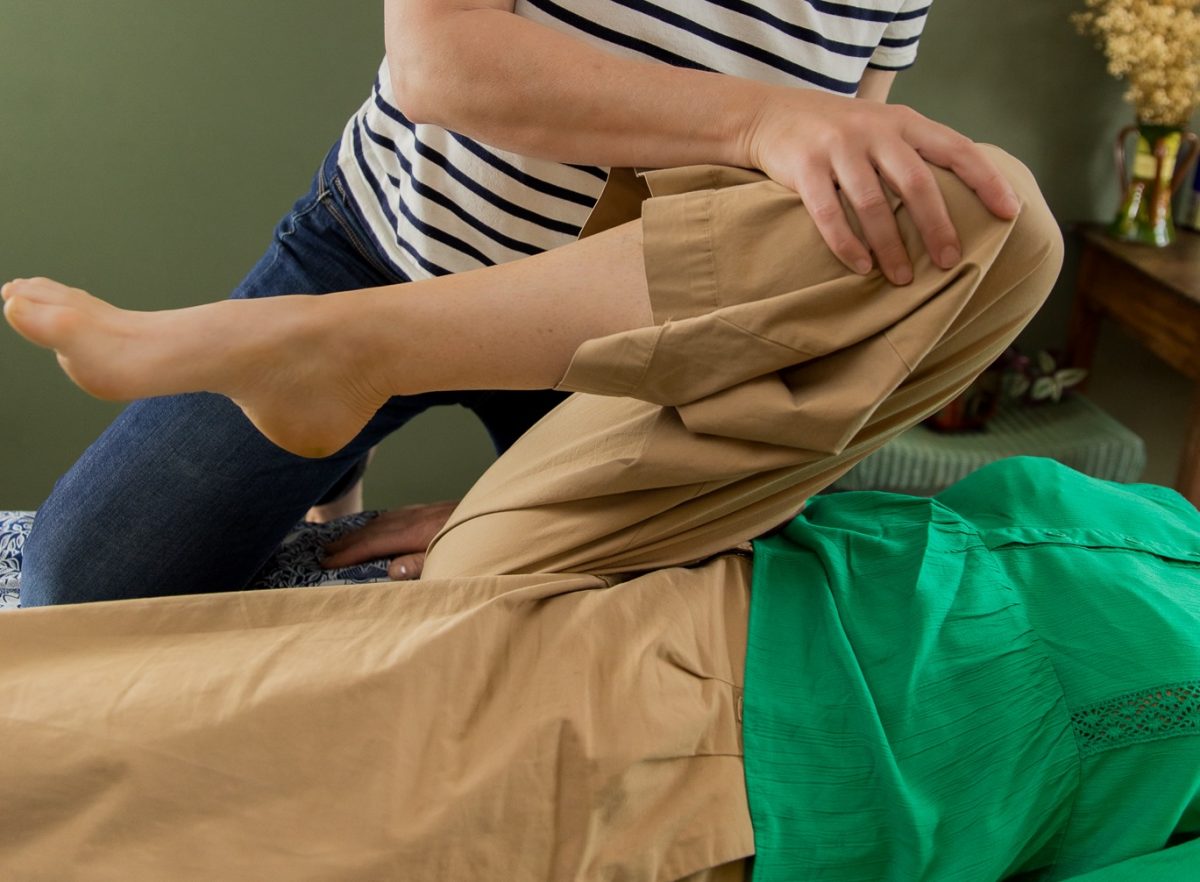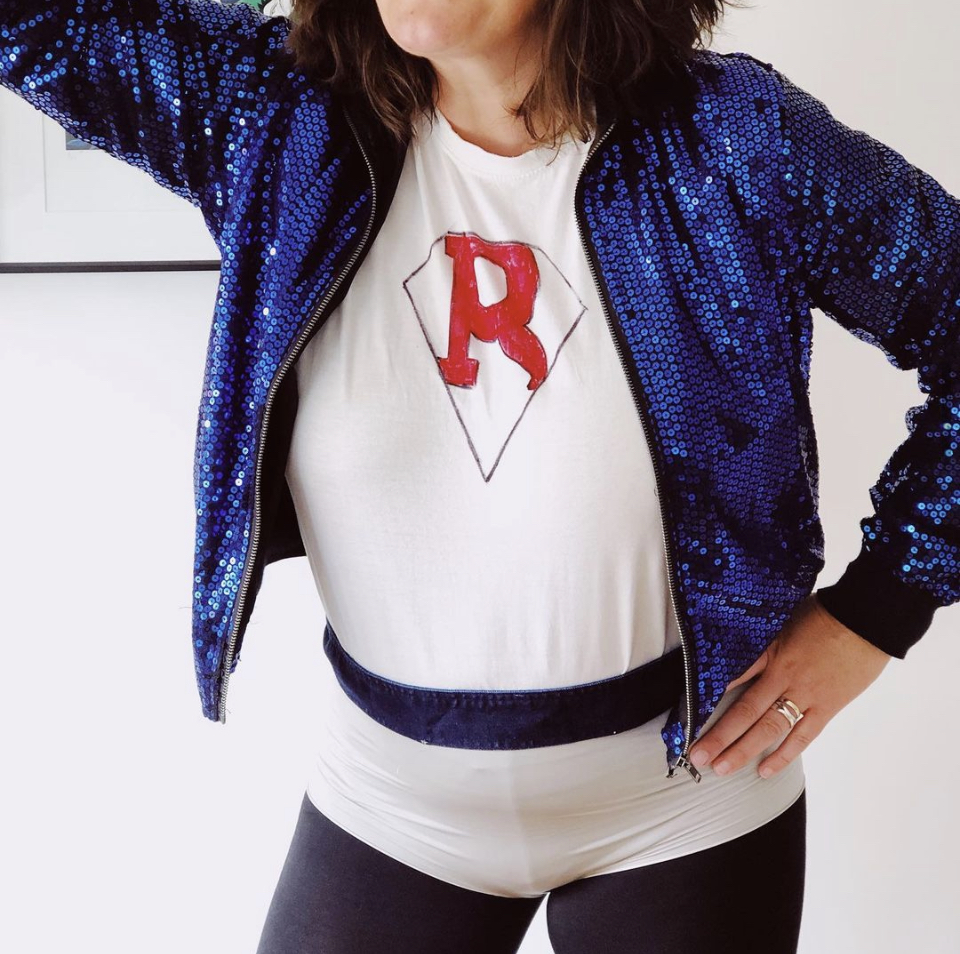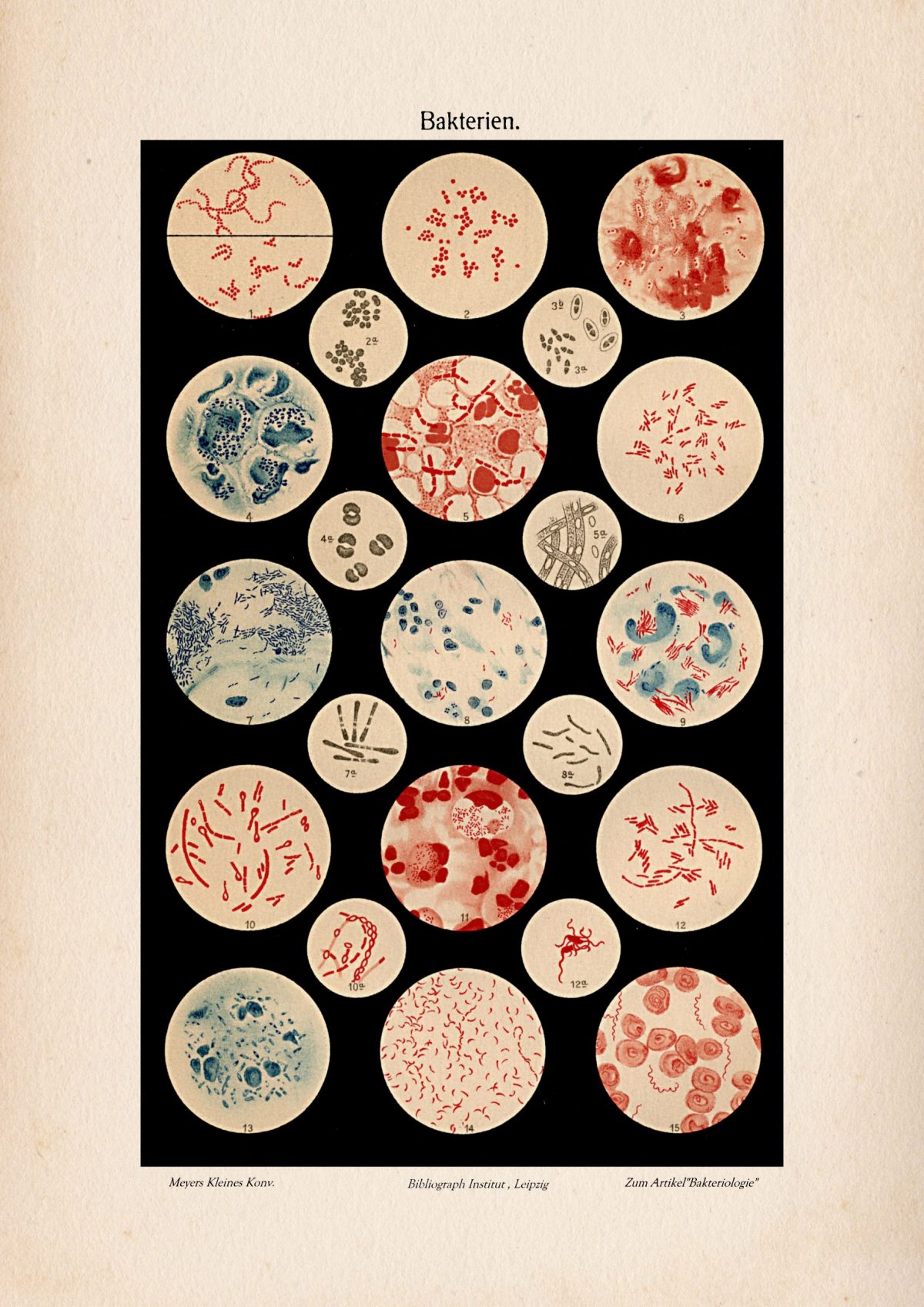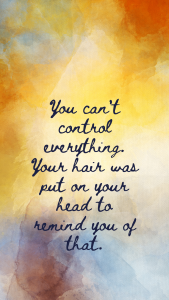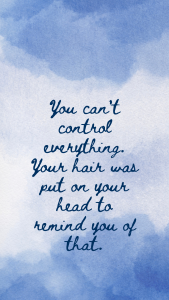Think of personal growth like caring for a houseplant. It doesn’t thrive on its own – it needs the right conditions: sunlight, water, attention. You’re the same. Growth doesn’t just happen, you have to tend yourself.
Self-care isn’t about perfection or ticking off a long to do list. It’s about checking in with yourself and asking: What do I need right now? What haven’t I had enough of? These simple questions might help:
Did I get enough sleep this week?
Have I moved my body in a way that felt good?
- Did I drink enough water and eat food that nourished me?
- Have I taken a break – just for me and no-one else – even for 10 minutes?
- Have I shared how I’m feeling (happy or sad), either with someone I trust or by writing it down?
- Have I done something that made me feel joyful or peaceful?
- Did I say no to something that drained me?
You don’t have to do everything on this list every day – life doesn’t always work like that. Instead, think of it as a prompt, a nudge toward the habit of self-care.
As Oliver Burkeman says in Meditation for Mortals:
“…just do the thing, once, with absolutely no guarantee you’ll ever manage to do it again. But then perhaps you find you do do it again, the next day or a few days later, and maybe again, and again – until before you know it, you’ve developed that most remarkable thing, not a willpower driven system or routine, but an emergent practice…Something you do not solely to become a better sort of person – though it might have that effect to – but because whatever you bring into reality, is worth bringing into reality for itself.” [p13]
That’s what self-care is; a quite, repeated choice to take care of yourself, not just to get somewhere or be someone, but because you matter.
You can’t pour from an empty cup – and you definitely can’t grow from one. When you make self-care a habit, you build the foundation for real, lasting growth.
Need a gentle reminder? Download a printable version of the Self-Care Practice, and stick it somewhere you’ll see or pop it into your journal as a reminder.
You’re worth looking after.
